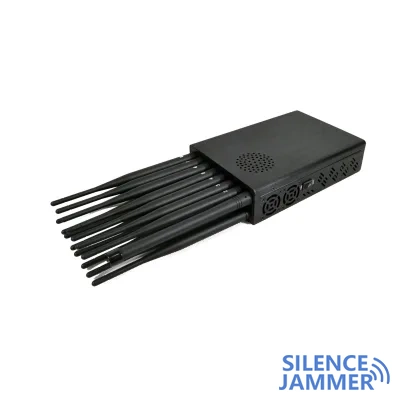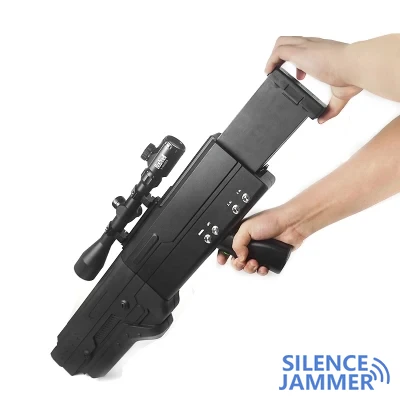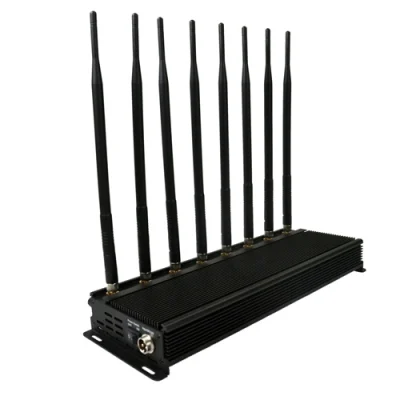Last week, the U.S. Marine Corps successfully shot down an Iranian drone using a new portable signal jammer system. The incident occurred in the Strait of Hormuz, less than a mile from the USS Boxer destroyer. The drone was forced to crash into the sea, demonstrating a new breakthrough in the Marine Corps' effective use of electronic jamming technology in drone combat.

Background and location of the incident
At the time, the 11th Marine Expeditionary Unit was deployed on the Boxer to defend against known Iranian drone threats in the area. When the drone flew within a thousand yards of the Boxer, the portable Lightweight Air Defense Integrated System (LMADIS) was activated, successfully jamming the communication between the drone and its operator, ultimately causing the drone to lose control and crash into the sea.
LMADIS is an anti-drone system consisting of two Polaris MRZR scooters: a command vehicle and a signal jammer device. The system is equipped with an RPS-42 tactical air surveillance radar, a small EO/IR camera, a Skyview RF detection system, and a Sierra Nevada MODi RF signal jammer. LMADIS detects drones through radar or RF detection systems and uses electro-optical/infrared cameras to confirm the target. After confirming the enemy target, the MODi portable signal jammer blocks the radio contact between the drone and the operator, causing the drone to lose control and eventually fall due to gravity. Jamming operation process In this operation, the Marine Corps used the LMADIS system to jam the drone's signal by detecting the drone, causing the drone to lose the operator's instructions and unable to continue its mission. Even though another Iranian drone was conducting reconnaissance flights nearby, the system still performed its mission effectively. It is worth noting that although LMADIS has been demonstrated on naval ships in multiple theaters, Iran does not seem to be aware of the potential threat of this system to its drones. The United States said that although the system was tested mainly against civilian drones, it can also effectively counter more complex military drones.
Military Application and Testing of LMADIS Jammer System
- The jamming capabilities of LMADIS have been tested on various commercial drones, including DJI Phantom 4 Pro, X8 fixed-wing drones and Airhawk drones. The project manager said that the types of drones used by the enemy are diverse, and the LMADIS jammer system must be able to adapt and respond to such changes to ensure its effectiveness on the battlefield.
- Although LMADIS was tested mainly against commercial drones, it also had an effect on Iranian military drones. According to the Pentagon, the drone was described as a "fixed-wing unmanned aerial system (UAS)" and may be one of Iran's Mohajer series of drones. Although Iran claimed that the drone was not shot down, the facts show that the jamming capabilities of the LMADIS system are effective.
- The US Marine Corps plans to further enhance the capabilities of the LMADIS system in the future, including integrating laser weapons into the system. In addition to non-kinetic weapons (such as signal jammer blockers), they are also equipped with kinetic weapons such as 7.62mm miniguns to shoot down drones, helicopters, and fixed-wing aircraft.

Drone threats and the strategic significance of LMADIS
In recent years, drones have gradually become an effective means for small countries or terrorist organizations to attack more powerful opponents. Through jamming systems such as LMADIS, the US military hopes to effectively curb this threat and ensure its air superiority in global military operations. With the development of drone technology, anti-drone technology is also constantly evolving, and future upgrades of LMADIS jammer system will further enhance its ability to combat a variety of air threats.
Through this incident of shooting down an Iranian drone, the United States demonstrated its technological advantage in drone combat, and also indicated that LMADIS will play a greater role globally in the future.





